Description: The Norwich terrier is a strong, sturdy and short dog. This breed has a round head, with well spaced ears, which stand erect and are medium in size. This breed has a wedge shaped muzzle this is strong. This dog has small eyes that are oval in shape and dark in colour. This breed has black toenails with a well rounded foot and straight legs. The tail is medium in size and set high, in countries that permit docking, it is usually docked. Their coat is wiry and is half an inch to 2 inches long. The dog is 10 inches tall, and their weight is 10 to 12 pounds. This is the smallest of the terrier family. Coat colours include, tan, black and tan, grizzle, red, wheaten with or without dark points and sometimes with white markings.
History: The Norwich Terrier breed comes from East Anglia in England. The Norfolk and Norwich terrier, used to be classed as a same breed, although they had different ear types. They were separated in 1964 in England and the AKC officially deemed them separate breeds in 1979. This breed was used as ratters in the barns of the farmers, and scaring the foxes from their hiding dens. This dog was also being used as a companion dog. It was also the mascot of the students of Cambridge University.
Temperament: The Norwich Terrier breed is used to being a working breed and loves lots of activity, they are easy to train and require consistent rules. This breed is good with children and loves to play for hours. This dog requires long walks to get rid of all its energy, or they can become barkers and diggers. It is wise not to trust this breed with small animals such as rats, mice and hamster pets, as history shows us they're good at killing these animals. Small dog syndrome can be avoided with good leadership. This dog is fairly difficult with potty training, but gets there with firm and consistent guidance. This breed thrives on being active, and it is wise to remember they were energetic working dog. Taking them on long daily walks will help use up the energy. This dog will enjoy the dog competitions, and are known in ability and fly ball competitions.
Health issues: Not all bloodlines have problems, but a few of the Norwich terriers' are prone to back problems and genetic eye conditions. Overall this is a healthy dog.
Grooming: Daily brushing is important, taking extra care when the Norwich Terrier dog is shedding. Bath only when necessary. This breed is a light shedder. This dog will require stripping, which is best done by a professional. However, this can be done by hand stripping the coat on a regular basis. The minimum that should be done is autumn and spring. Clipping dulls the colours and texture of the coat.
Living conditions: The Norwich Terrier dog will do fine in an apartment, if given proper exercise; they are still a fairly active dog indoors. This dog will do well without a garden providing exercises is given twice daily.

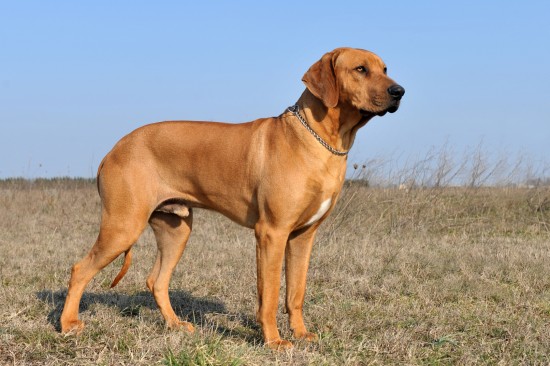 Rhodesian Ridgeback Longevity, Health And Health Testing
Rhodesian Ridgeba
Rhodesian Ridgeback Longevity, Health And Health Testing
Rhodesian Ridgeba
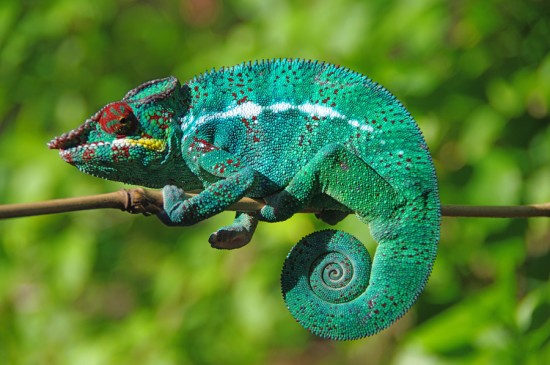 Chameleons - The Amazing Technicolour Pet!
Chameleons - The
Chameleons - The Amazing Technicolour Pet!
Chameleons - The
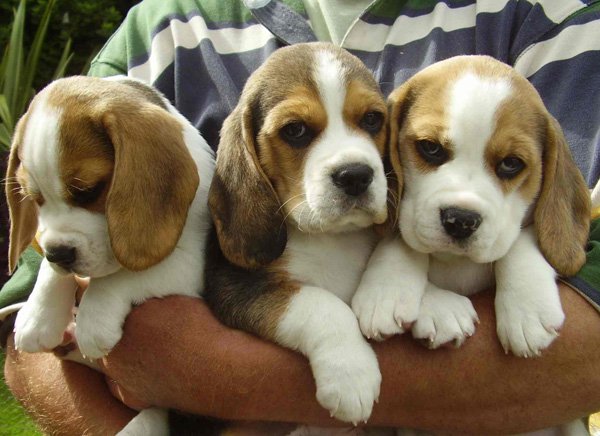 The best and unique dog care services available online
The best and unique dog care services available online
The best and unique dog care services available online
The best and unique dog care services available online
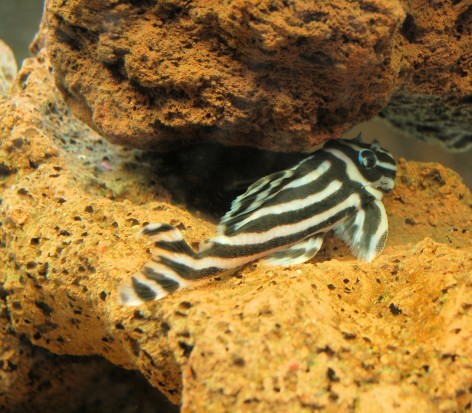 Keeping Catfish As Pets
Keeping Catfish A
Keeping Catfish As Pets
Keeping Catfish A
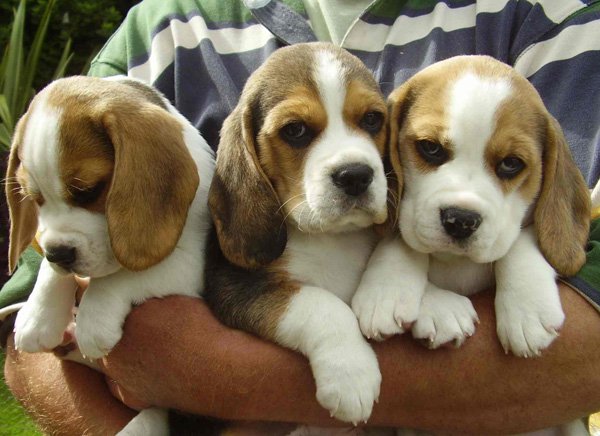 Understanding pet bed routines
Understanding pet bed routines
Every time you
Understanding pet bed routines
Understanding pet bed routines
Every time you